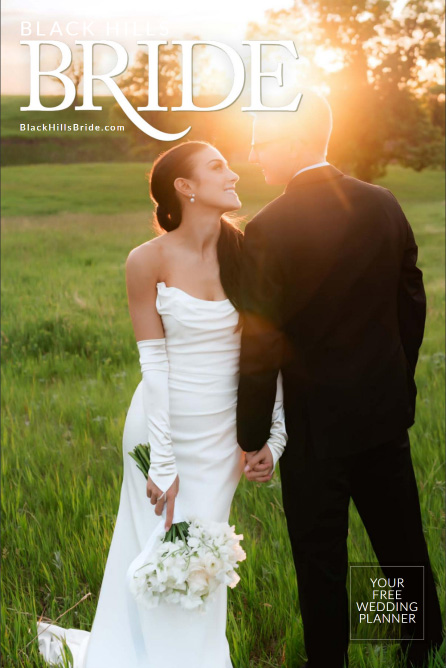Best Flowers for a Winter Wedding
Just like any other time of year, planning a winter wedding comes with its own set of challenges. Between booking a venue and crossing your fingers for good weather, flowers should be the least of your worries. And with a quick look at our list and a little planning, it will be!
Winter Flowers
Amaryllis
Although most types of Amaryllis come in red and white, this popular Christmas flower is also available in pink, yellow, orange, and purple tones. Amaryllis, nicknamed the “Naked Lady,” has soft, velvety petals and firm, upright stems.
Anemones
Similar in appearance to poppies, anemones have a purplish black center and white, purple, pink, or red petals. These bold, delicate flowers symbolize anticipation, sincerity, and prosperity.
Baby’s Breath
Simple and affordable, baby’s breath can be used for boutineers, as stand-alone flowers for your wedding bouquet, or as a filler for floral arrangements.
Camellias
Dubbed the “queen of winter flowers,” camellias bloom from October to May. Camellias have compact, layered petals and waxy, evergreen foliage and are known for symbolizing love, affection, and admiration.
Carnations
Carnations come in a variety of colors, including pink, white, red, and yellow. With its delicate, frilly petals and sweet fragrance, carnations are a popular addition to wedding bouquets and floral arrangements.
Hellebores
“Lenten roses,” a popular type of hellebore, bloom from from February to May and come in pinkish-purple, burgundy, and pale yellow tones. Lenten roses represent serenity, tranquility and peace. Another variety of hellebore, nicknamed the “Christmas rose,” blooms in December. With white, outward-facing petals and yellow stamens, the Christmas rose represents purity, innocence, and forgiveness.
Orchids
Elegant and versatile, orchids make a beautiful addition to bouquets, table centerpieces, and floral installations. Several different types of orchids are available during the winter months, including cymbidiums, dendrobiums, and phalaenopsis.
Poinsettias
The quintessential Christmas flower, poinsettias pair well with white roses and evergreen foliage. Poinsettias represent hope, merriment, and good cheer.
Ranunculus
Ranunculus blooms in late winter or early spring and pairs well with roses.
This popular wedding flower is known for its ruffled, densely-packed petals and vibrant colors, which range from light pink to golden orange.
Roses
Thanks to their popularity, roses are available year-round. White spray roses or red roses are recommended, known for complementing winter wedding color schemes.
Scabiosa
With compact, uniform blooms and a spiky center, scabiosa blooms are often referred to as “pincushion flowers.” Symbolizing love, purity, and peace, these winter flowers range from white to deep purple.
Star of Bethlehem
Star of Bethlehem, a member of the Lily family, has small, white flowers and firm, sturdy stems. Associated with the birth of Christ, Star of Bethlehem symbolizes purity, honesty, hope, and forgiveness.
Sweet Pea
Available from September to February, sweet pea flowers come in a variety of colors. These simple, delicate flowers make a lovely addition or centerpiece to winter wedding bouquets.
Tulips
A classic choice for late winter weddings, tulips are available in a variety of colors, including white, purple, pink, and yellow. Tulips symbolize unconditional love.
Waxflower
Waxflower plants flower between late winter to early spring. Delicate yet hardy, waxflower can fulfill a variety of functions, whether as a bouquet filler or floral centerpiece.

